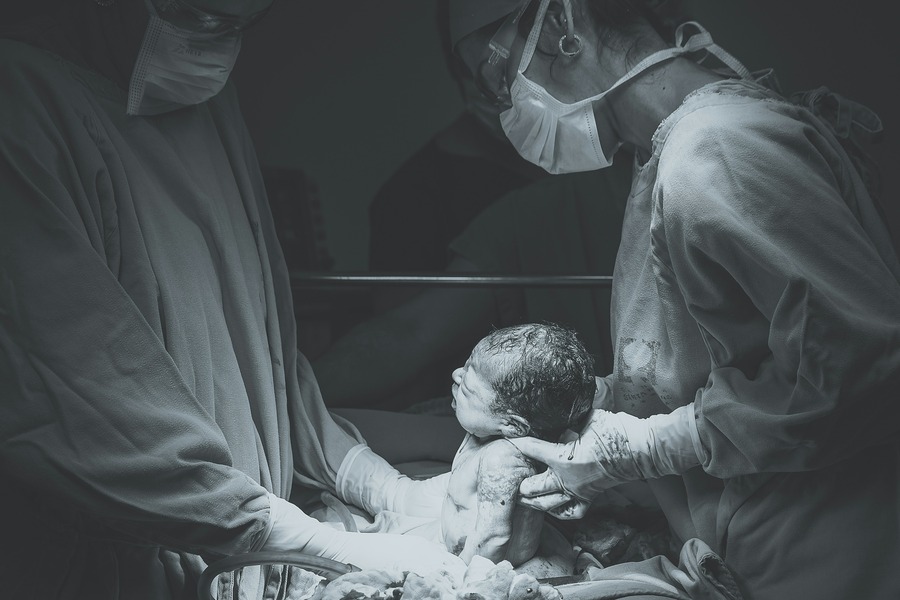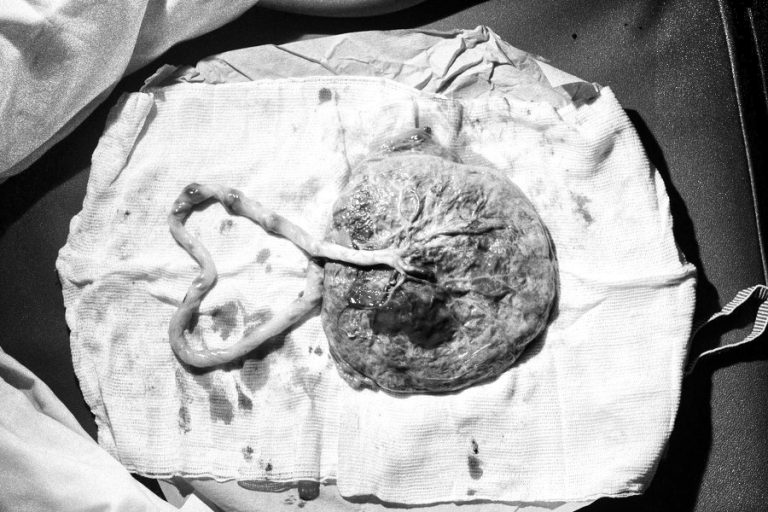Caesarean Section (CS delivery): What to Expect Before, During, and After Surgery
A Caesarean section, or C-section, is a surgical procedure used to deliver a baby through incisions in the mother’s abdomen and uterus. While many pregnancies end in vaginal birth, C-sections are sometimes the safest option for the mother, the baby, or both. Understanding why they’re performed, what happens during surgery, and how to recover can help expectant mothers feel more prepared.
What Is a C-Section?
A C-section is a major abdominal surgery performed by an obstetrician to deliver one or more babies. It can be:
Planned (elective) – scheduled in advance due to medical reasons or personal choice
Unplanned (emergency) – performed when complications arise during labor or pregnancy
Reasons for a C-Section
A C-section may be recommended for several reasons:
Labor complications – labor not progressing or the baby in distress
Abnormal fetal position – breech or transverse lie
Multiple pregnancies – twins, triplets, or more, especially with certain positions
Placenta issues – placenta previa (covering the cervix) or placental abruption
Previous C-section – depending on the type of uterine incision and health factors
Maternal health conditions – severe hypertension, infections like HIV, or heart disease
Large baby – suspected macrosomia that may make vaginal delivery difficult
Preparing for a C-Section
If your C-section is planned, your healthcare team will give you instructions, which may include:
Pre-surgical blood tests
Fasting for several hours before surgery
Shaving or cleaning the surgical area
Meeting with the anesthesiologist to discuss anesthesia options (usually spinal or epidural)
For emergency C-sections, preparation is rapid, focusing on the safety of mother and baby.
The C-Section Procedure
Anesthesia – Most women receive spinal or epidural anesthesia, which numbs the lower half of the body while keeping them awake.
Incision – A horizontal incision is usually made just above the pubic hairline (“bikini cut”).
Delivery – The uterus is opened, and the baby is gently lifted out.
After birth – The umbilical cord is cut, and the placenta is removed.
Closing the incision – The uterus and abdomen are stitched in layers.
The entire process typically takes 45 minutes to an hour, with the baby delivered within the first 10–15 minutes.
Recovery After a C-Section
Recovery from a C-section takes longer than vaginal birth because it’s a major surgery. Common aspects of recovery include:
Hospital stay – usually 2–4 days
Pain management – oral pain medications after anesthesia wears off
Wound care – keeping the incision clean and dry
Mobility – gentle walking to promote circulation and prevent blood clots
Breastfeeding – possible with slight adjustments in positioning to avoid pressure on the incision
Risks and Complications
Like any surgery, C-sections carry potential risks:
Infection at the incision site or in the uterus
Blood loss or blood clots
Injury to nearby organs (rare)
Breathing problems in the newborn (especially if born before 39 weeks without medical indication)
Longer recovery time compared to vaginal birth
Emotional Considerations
Some mothers feel disappointment or sadness if they had hoped for a vaginal delivery. These feelings are valid and common. Talking to healthcare providers, partners, or support groups can help with emotional recovery.
Future Pregnancies After a C-Section
Many women can have a vaginal birth after cesarean (VBAC), depending on the type of uterine incision and overall health. Your doctor will evaluate risks and guide you in planning for future deliveries.
Final Thoughts
A C-section can be a life-saving procedure that ensures the safety of both mother and baby. While it is major surgery, advances in surgical techniques, anesthesia, and postnatal care have made it a safe and common option. Being informed about the process, recovery, and potential risks helps mothers approach the experience with confidence and clarity.







